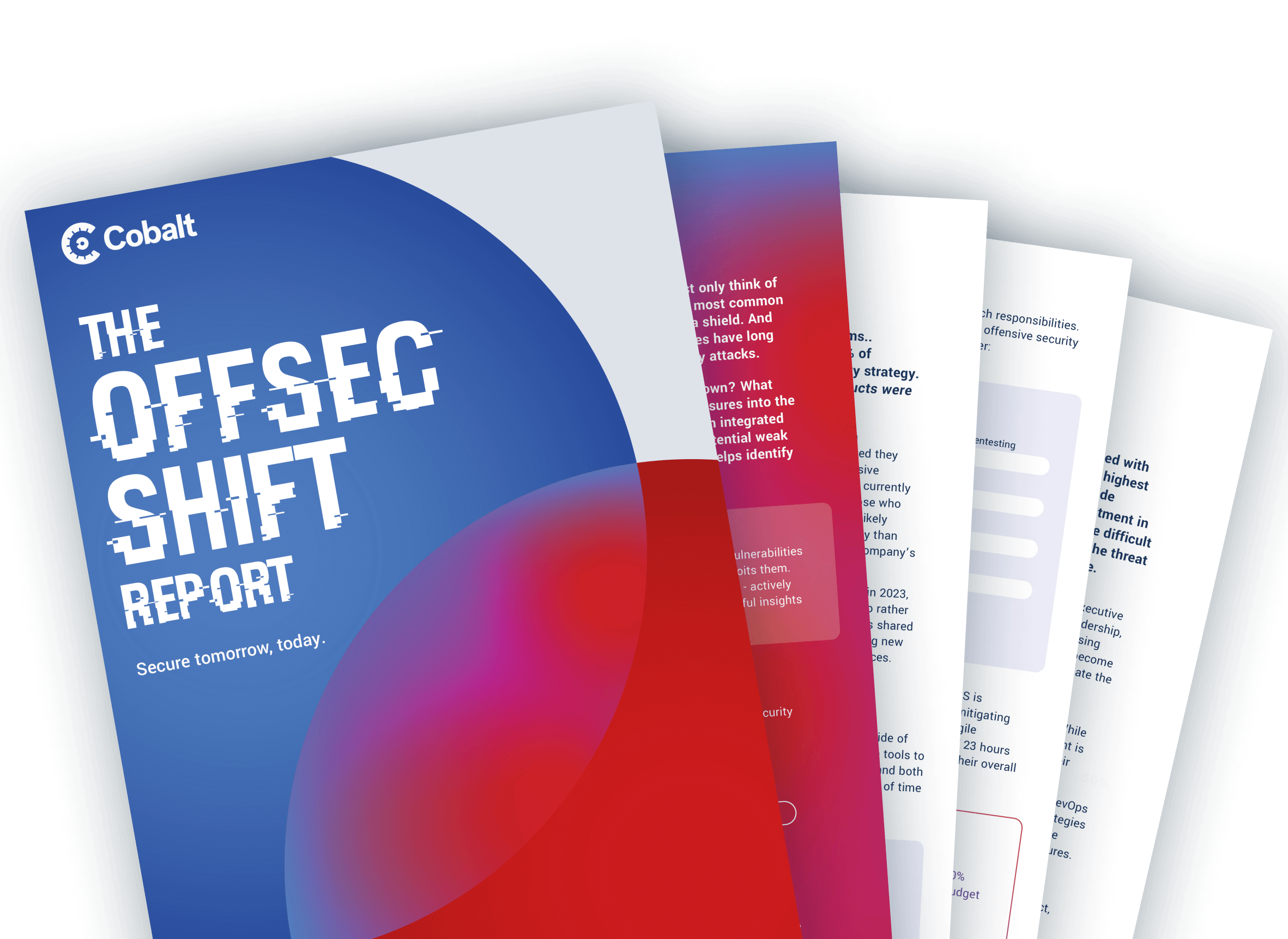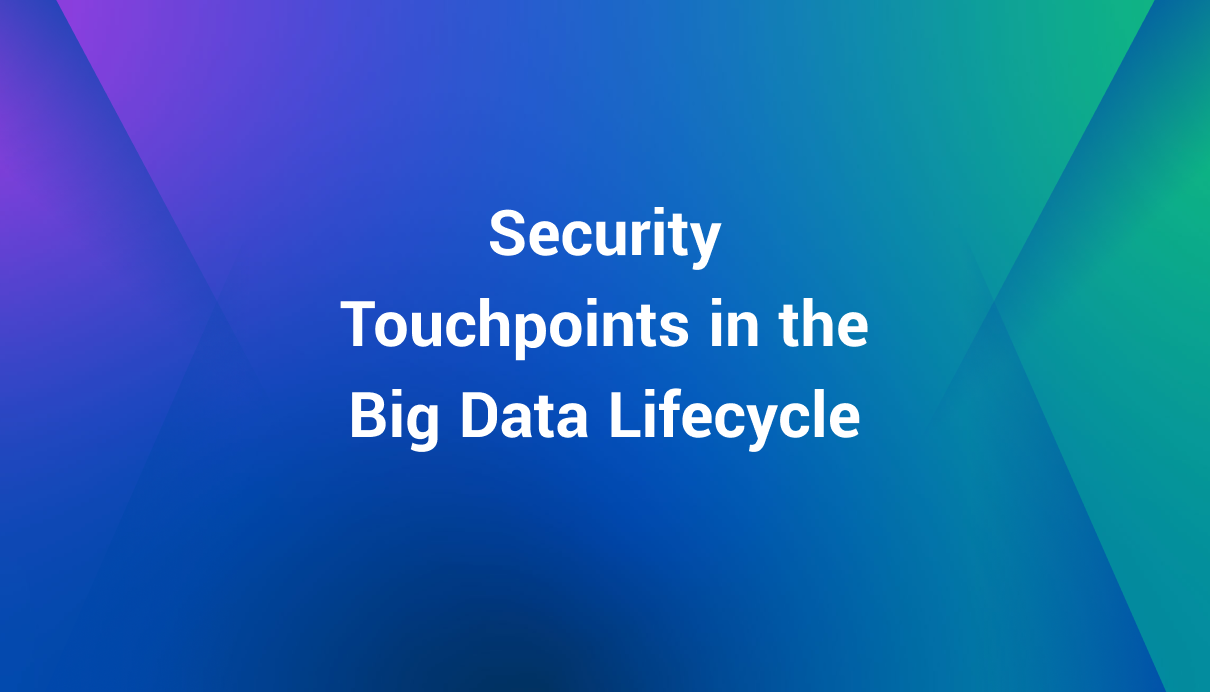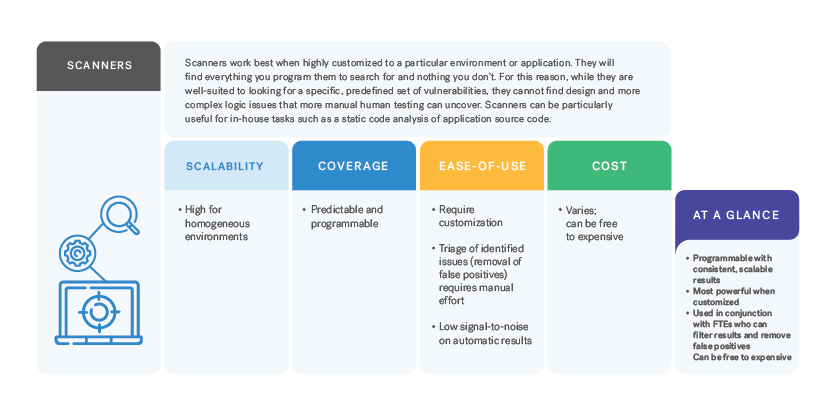Are you preparing for next year's security budget?
Budget negotiations can be pivotal in guaranteeing the right resources are going toward protecting your organization.
At times, it can even feel like a boxing match. You might be wondering what budget negotiations and boxing matches have in common — undoubtedly, each one takes the right amount of preparation, awareness, and strategy.
Keeping track of emerging trends in the cybersecurity space helps to stay in the know and ahead of cybercriminals. Ensure you knock out your security budget negotiation this upcoming year with these tips:
Explore more cybersecurity tips.
1. Plan for the Future
Have you assessed where your organization currently stands and where it will be tomorrow, next year, or in the next 5 years? Coming up with a detailed budgeting plan is the first step when looking ahead.
Planning for the future is essential for any organization, but it is especially critical for security executives.
The security landscape is constantly evolving, and new threats are emerging all the time. To stay ahead of the curve, security executives need to have a plan in place for the future. This means understanding the current landscape of security and identifying potential gaps. It also means analyzing trends in the industry and anticipating future threats.
Additionally, security executives need to evaluate current security solutions to ensure they are still effective. If necessary, they should determine what new security solutions may be necessary today versus the future.
Finally, security executives need to set realistic goals for security budgeting, balancing cost with risk.
2. Think about the Big Picture
Considering the ways security ties into wider business goals such as customer satisfaction, maintaining profit, and compliance is key to long-term success.
When formulating a security budget, it is essential to consider the full scope of potential threats and vulnerabilities. You must also factor in future needs of your organization, such as changes in technology or an increases to different attack vectors.
It is important to establish a roadmap that allows for realistic goals and objectives over time, ensuring that your investments are safeguarded. Additionally, engaging other teams within the organization can help ensure everyone is on board with security measures and will be more likely to approve budgeting requests going forward; more on this subject below.
Taking a risk-based approach can help you identify areas that need attention and resources; this way, you can make decisions with long-term consequences in mind.
Overall, when planning for security budgeting, it’s important to think about the big picture. This means taking an holistic approach that accounts for all stakeholders' needs while also considering potential risks and preparing for future changes in technology or threats.
Doing so will enable you to secure budgeting approvals while keeping your organization secure and compliant with industry standards.
3. Focus on What You Need
Evaluate the tools and services that make sense to your business and be clear about how they can help meet your goals.
When it comes to allocating resources for security, it is important for executives to make strategic decisions that are tailored to the needs of their organization.
They should begin by researching current trends in security technology and developing a comprehensive plan that meets their organization’s specific requirements. It is also necessary to analyze any potential costs associated with implementing a solution and weigh these against its potential benefits.
By keeping up with industry changes, executives can stay ahead of any changes in the environment that could impact their security program and take appropriate action as needed.
By taking these steps, organizations can maximize their budget in order to protect against potential threats. Executives should remain focused on finding solutions that are most relevant and beneficial for their organization, while also being mindful of cost/benefit considerations.
With an effective strategy in place, they can ensure they are efficiently utilizing available resources to safeguard their organization.
4. Define Your Vision
Present a well-thought-out roadmap looking ahead, tying each step back to short- to long-term business goals.
Security executives must take the time to define a comprehensive vision for their security strategy in order to ensure that it meets their organizations' needs.
This involves understanding the desired outcome and setting measurable objectives that can be used to evaluate progress towards reaching that goal. It is important to establish success metrics based on the compliance requirements met or threats deflected by the implemented solutions.
These metrics should be evaluated regularly alongside industry changes so that businesses can determine if their strategies are successful or not and make adjustments accordingly.
Through this ongoing assessment process, executives can ensure they are efficiently utilizing resources from their allocated budget.
5. Build Support from Your Teams
Teamwork makes the dream work — facilitating a supportive environment internally helps meet comprehensive business and security-specific objectives.
As an executive, it's essential to identify allies who can help spread the message about the importance of safeguarding company resources. Additionally, engaging with team members to understand their needs will ensure that funds are being allocated in a manner that meets everyone's expectations.
Once you have identified who is on board with your goals, set out a plan for budget distribution. Think about which areas need more attention and resources, as well as new challenges that may arise in the future. For example, the sales team may want to send prospects a more user-friendly way to view the company's security measures. Supporting other teams and their department's objectives are great ways to get support for the budget needs.
Communication plays an integral role when it comes to garnering support from teams. Make sure stakeholders are aware of how the security budget is being employed by providing regular reports on progress and results achieved against objectives laid out in your plan. If there are any changes or shifts in policy, make sure everyone involved understands why these alterations were necessary and what they mean going forward.
Through transparent communication and collaboration with team members, executives can maximize return on investment from their assigned budget while protecting their organization from potential risks.
Conclusion
In conclusion, preparing for next year's security budget requires careful planning, a focus on the big picture, an evaluation of what your organization truly needs, a defined vision, and building support from your teams.
To learn more about this subject, listen to the expert panelists from our webinar “Winning the Budget Fight: How to Get Funding Every Time.”









